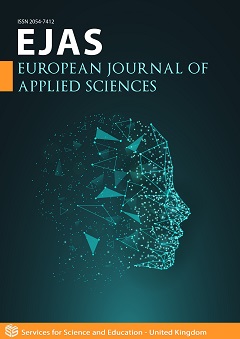Mathematical Modeling for Optimizing Hydropower Production: A Review of Mathematical Models, Operating Factors, and Case Studies
DOI:
https://doi.org/10.14738/aivp.123.16920Keywords:
Hydropower, mathematical model, renewable energyAbstract
Hydropower production plays a crucial role in the sustainable energy landscape, and optimizing its operating factors is paramount for maximizing efficiency and output. In this review study, we delve into the world of mathematical modeling to explore the diverse approaches employed in enhancing hydropower production. Five research questions are investigated including the mathematical model used, operating factors, data types, time horizons, and case studies. In all, we analyze 22 primary studies to gain valuable insights into this vital field. Four key categories of mathematical models were utilized in the studies: Physical-based Models, Statistical Models, Optimization Models, and Artificial Intelligence (AI) Models. Each of these models offers unique perspectives and techniques for optimizing hydropower systems, reflecting the interdisciplinary nature of the field. The data sources adopted exhibit interesting diversity, with a majority of 16 studies relying on primary data, while two studies incorporate secondary data, and four studies employ synthetic data. This broad range of data types contributes to the robustness and accuracy of the findings. Investigating the geographical distribution of case studies, intriguing insights are inferred. China emerges as the dominant case study location, accounting for 55% of the studies. Nigeria follows with 18.2%, while Spain, Korea, and Iran contribute 9% each, underscoring the global significance of hydropower production optimization. Ranging from daily to multi-year perspectives, the data time horizons employed in the review study provide a comprehensive understanding of the dynamics and long-term trends in hydropower systems.
Downloads
Published
How to Cite
Issue
Section
License
Copyright (c) 2024 Olamide O. Olusanya, Ademola P. Olagunju

This work is licensed under a Creative Commons Attribution 4.0 International License.






